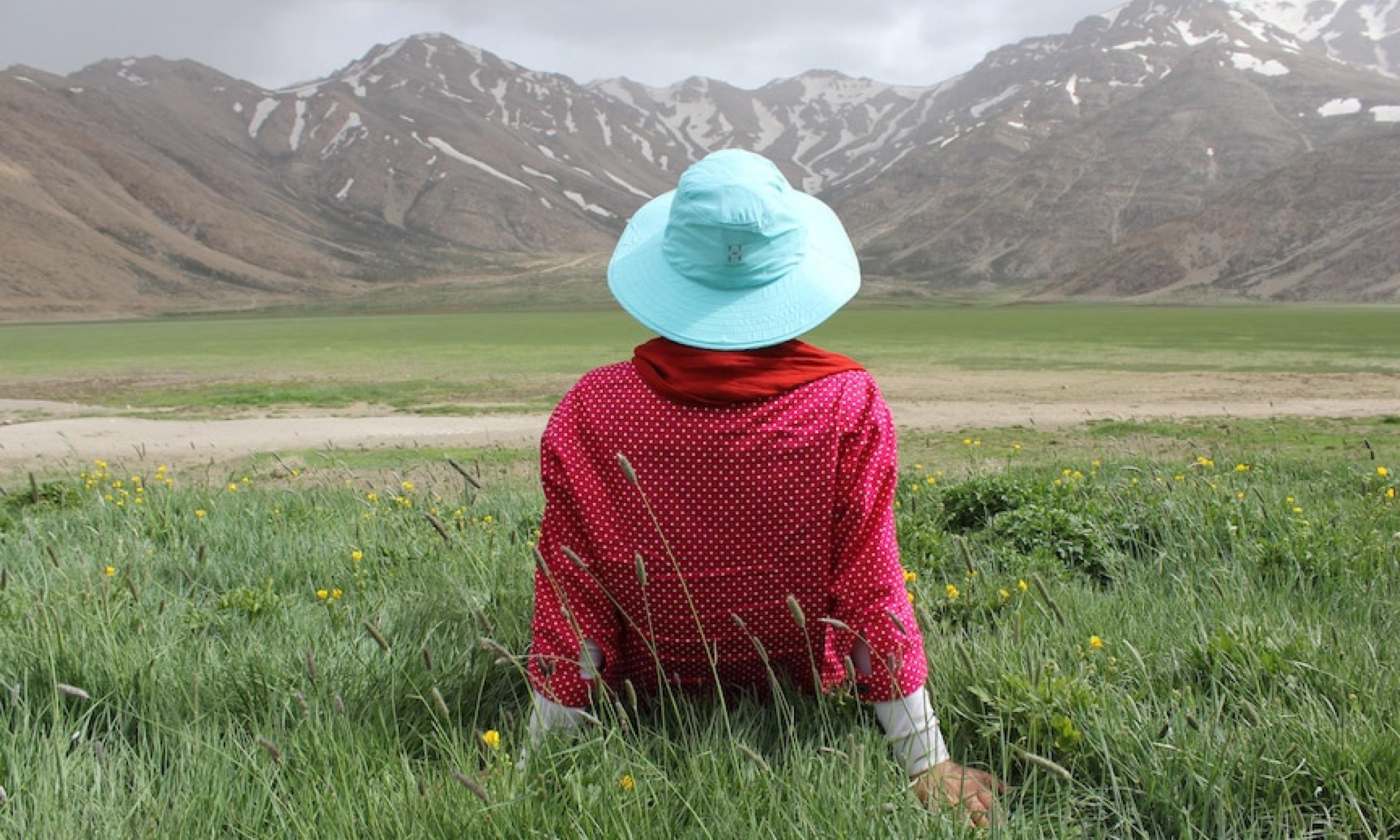As a nature connection mentor, my role is often similar to that of a trainer in dance, music, or martial arts. Much of the time, I’m not “teaching” my students anything. Instead, I’m creating conditions where they can easily learn through their own experiences and giving them coaching in their routines and practices so that they can best create those high-quality learning conditions on their own.
Sometimes nature connection has a clear goal or end result, like touching a wild animal, or harvesting seeds of a rare medicinal plant to germinate and grow in your own garden. And sometimes, we’re connecting with nature for health, happiness, inner renewal, or open-ended learning. Whatever your intentions may be, the quality of your nature connection routines will make a big difference in helping you achieve those intentions. Here are three simple ways to cultivate powerful routines of awareness.
1. Curiosity is the Source
It’s worth saying over and over again: if nature connection routines become rote or chore-like, they lose a great deal of their power and magic. It’s no surprise why: curiosity rapidly builds new neural connections or brain patterns. In other words, you are biochemically learning more when you’re curious, engaged, and excited. Just imagine the difference in your body between studying a subject in school you had no interest in, and one that you were excited and curious about.
That doesn’t necessarily mean, “Don’t go to your Sit Spot if you don’t want to.” It’s up to you to make that decision. Here’s what it does mean: follow your passion! If it’s raining out, put on the mindset of a kid and go jump in the puddles. If you’re tired from a day’s work, go lie in the warm sun and listen to the birds. And if your curiosity is drawn to something particular in the natural world, like the fox den behind your house, or the waves of spring wildflowers newly opening each day, or the red-shouldered hawks nesting above your Sit Spot, follow your curiosity towards those parts of nature over and over again. Let the plants, animals, and places that you have the most curiosity for live in your imagination when you’re not at your Sit Spot. Then let that curiosity keep drawing you back out into the landscape to connect and learn.
2. The 3′ Toss: Make it Simple and Measurable
A mentor of mine told a story about a seminar where all the participants were invited to play a game of horseshoes. A small prize was offered to those who could make a throw from three feet, with larger and larger prizes offered as the distance got greater and greater. Most people stood at the more distant starting lines and missed shot after shot. A few people stood at the 3-foot line, though, and made shot after shot.
The seminar leaders then used the horseshoe game as a metaphor for undertaking successful projects. The impact of attempting a long, difficult toss, and failing, can mean discouragement and even a discontinuation of the project. The cumulative impact of making many successful 3-foot tosses, on the other hand, can be far, far greater than even one successful long toss would have been. Making a simple, doable, easy, commitment creates a feedback loop, where successful completion creates new inspiration and motivation to repeat the cycle.
So in designing a core routines practice that works for you, such as a regular visit to a Sit Spot, remember the “three-foot toss” principle. Make your commitment simple, measurable (so that you can know whether you’ve done it or not), and easily doable. You can always scale up your routines once you’re in a comfortable groove. Give yourself permission to be modest in your goals at first, and you’ll receive the positive feedback of being successful immediately and having your curiosity re-sparked right away by your connection with nature.
3. Your Story of the Day
This one might be the most important of all. Having a cool, connective nature experience at your Sit Spot is only half of a complete learning cycle. The second half is to tell your story to someone who can share in your curiosity. It’s even better if they have some developed nature connection and mentoring skills of their own, and can ask you some deeper questions about your story to stretch your awareness and curiosity further.
Think like a designer about the relationships in your life. Who can be your buddies and allies in your nature connection journey? Who do you feel excited about telling your stories to? Invest in those relationships! Ask if you can trade your story of the day with them. Listen to their stories in a high-quality way, ask an awareness-stretching question or two at the end, and be prepared for them to do the same at the end of yours.
Think of these three simple practices as core routines in and of themselves. When you consistently cultivate and follow your curiosity; make and fulfill simple, easy, measurable commitments; and tell your story of the day to receptive and excited friends, you won’t just be going to your Sit Spot anymore. You’ll be starting to build a culture of people around you who are paying attention, asking questions, and connecting more and more over time with the earth. That’s the bigger picture that these routines can help to create—if you want them to.
Don’t just take my word for it, though. Try it, experiment, and learn what works best for you!
Connor Stedman is an adult program instructor at Vermont Wilderness School and ’04-‘05 Wilderness Awareness School Residential Program graduate. He writes about nature connection and land stewardship at renewingthecommons.wordpress.com
